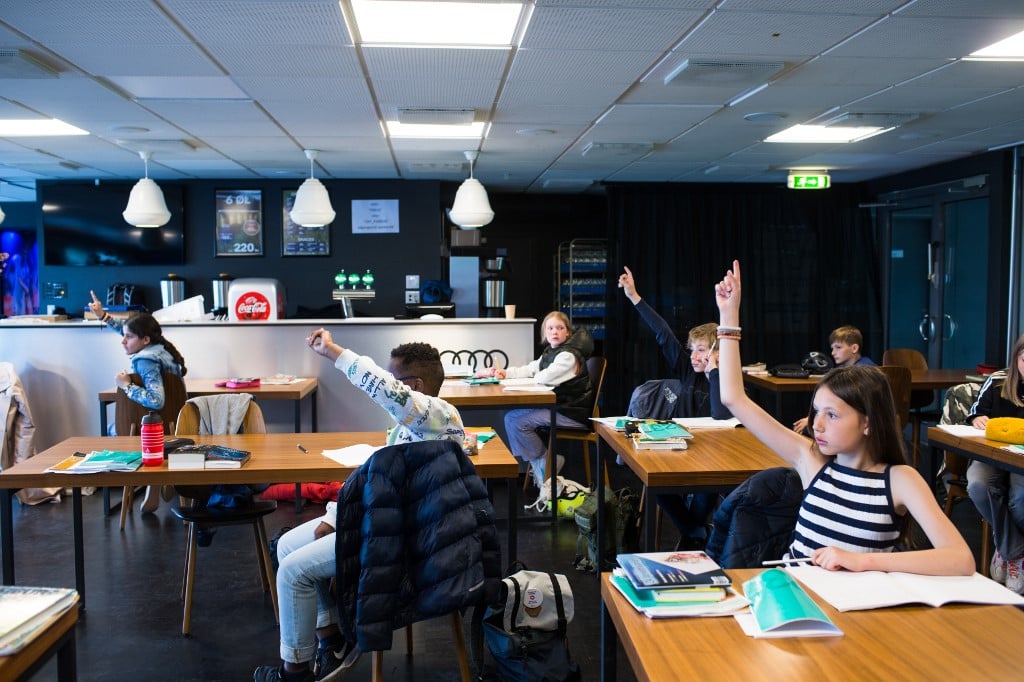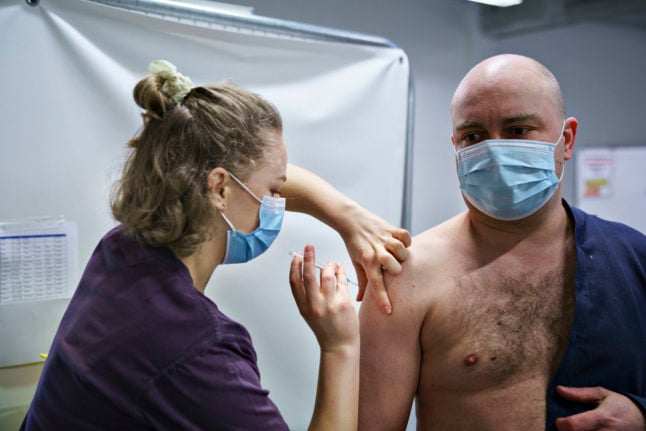Pupils between the ages of 12 and 16 will return to school (folkeskole) from Monday May 18, along with primary school-aged pupils who have already been back for over four weeks.
Restaurants, cafes, bars, libraries, churches, mosques, synagogues and other religious institutions can also reopen from Monday.
However religious institutions have said they haven’t yet been given guidelines on how to reopen safely, so some won’t be able to welcome people back from Monday.
Some cafes and restaurants may also take longer to reopen because guidelines were only issued a few days ago. These include new hygiene rules, keeping to a one-metre distance and closing by midnight.
Last week the Danish Health Authority halved the physical distance citizens are advised to keep from one another from 2 metres to 1 metre, just before all shops and shopping centres reopened.
These new distancing guidelines now apply to schools and day care institutions, allowing more space for younger children to return to daycare and for the older children to start school on Monday.
Day care institutions reopened from 15th April but many have until now, only been able to accept half the children back because of the previous two-metre distancing rule.
In updated guidelines issued by the Ministry of Children and Education, it states that each school and day care institution should decide how to implement the new guidelines.
These include hygiene standards such as washing hands every two hours, washing surfaces, like door handles at least twice a day.
Staggered drop offs, pick ups and staggered break times are advised.
Classes should be divided into smaller groups and the one-metre distance kept to wherever possible. But it is at the teacher's discretion how and when to do this.
The responsibility of each institution to decide how to implement the guidelines has had a mixed response.
“I know that the guidelines do not answer all the questions that are out there. But we are in ongoing dialogue with everyone from teachers and educators to institutions and municipalities, and we listen to the challenges they are experiencing.
“Some questions only appear when everyday life has begun, and we must then answer them as they emerge,” says Minister of Children and Education Pernille Rosenkrantz-Theil.
It is not expected that all schools will be ready to open at the same time and in the same form, but the opening will be ongoing from Monday, May 18, the ministry said.

Children attend a class held in the bar area of the lounge space at the Telia Parken stadium in order to keep the social distances amid the new coronavirus pandemic on May 15, 2020 in Copenhagen. Thibault Savary / AFP
So far Denmark’s reopening has not caused a spike in infection rates.
According to Denmark’s infectious diseases agency SSI, the infection rate of the coronavirus increased after the first reopening from 0.6 to 0.9 but has since fallen to 0.7, which is under the crucial figure of 1 – preventing infections from escalating.
On Sunday May 17, the number of patients admitted to hospital in Denmark with the coronavirus was 133 – the lowest in two months.
So far 547 people have died with the coronavirus in Denmark, according to Statens Serum Institut. On Friday there were no deaths recorded from the coronavirus – the first time since March 13.
The government plans to remove the rest of lockdown measures by the second week of June and change the restriction of gatherings from 10 to 50.
But Prime Minister Mette Frederiksen has said that, given the low infection rate, she will discuss the possibility of accelerating the reopening further.
Negotiations are expected to take place on Wednesday.



 Please whitelist us to continue reading.
Please whitelist us to continue reading.
Member comments